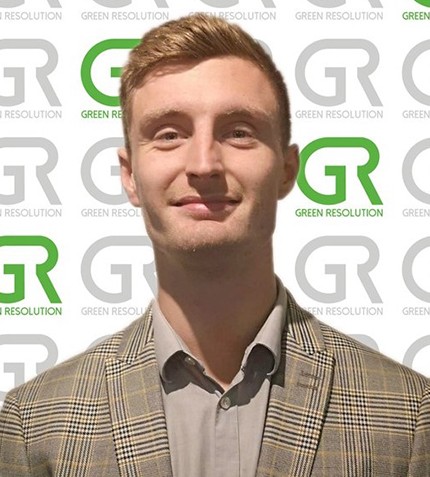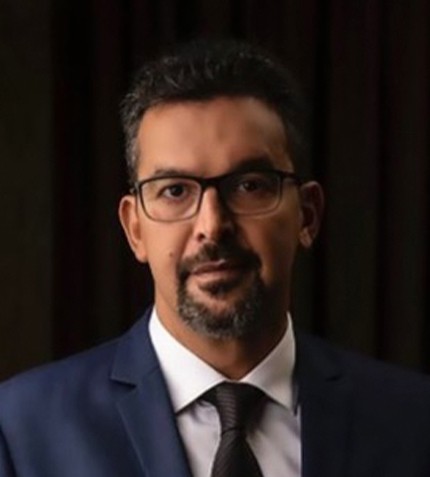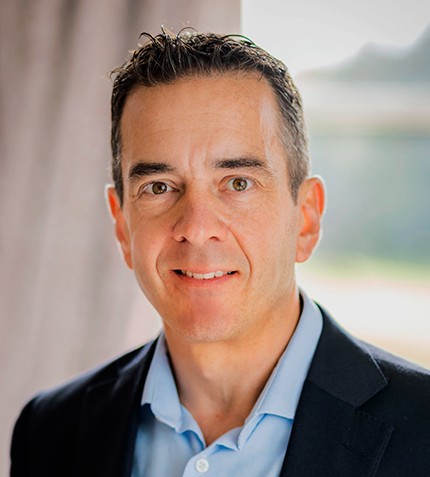
"The unique feature of this technology is the use of metal-organic compounds: degradation of products for simultaneous methane production, which is used for energy production. The technology takes advantage of microorganisms’ natural ability to digest, refine and separate different metals as well as chemicals such as arsenic and mercury, with the potential to simultaneously leach metals such as gold from a tailings site."
Jago Penrose
CMO, GREEN RESOLUTION
Can you introduce Green Resolution and explain the company’s philosophy?
Green Resolution is a sustainability-incentivized bioremediation and bio-mining firm based in Nova Scotia, Canada. The scale of remediation contracts has become very apparent to investors globally, especially in areas where you have legacy mining sites. For example, in Nova Scotia alone there are more than 50 different districts that need remediation, and Green Resolution has the view to the development of these sites with aims of scaling the business and becoming intercontinental. Our technology allows us to preserve ecosystems and curtail pollutants, and the company’s initial mandate is to go for the large government remediation contracts, in addition to working with mining companies looking to ease their environmental liabilities.
How does the company’s bioremediation process using microbes work?
It is a form of bio-leaching technology that has been developed and licensed for different organic compounds containing ores which have metal compounds trapped in metal-organic complexes. The unique feature of this technology is the use of metal-organic compounds: degradation of products for simultaneous methane production, which is used for energy production. The technology takes advantage of microorganisms’ natural ability to digest, refine and separate different metals as well as chemicals such as arsenic and mercury, with the potential to simultaneously leach metals such as gold from a tailings site. Bioleaching is becoming more popular for the processing of low-grade and more complex ores as it is a cheaper, more reliable, more efficient, safer and more environmentally friendly way to extract metals.
Our solution offers an economic substitute for the mining industry, at a time when high-grade mineral resources are being exhausted. In China, for example, they are saying they are running out of rare earth elements (REEs). It is more likely that they are running out of high-grade ores and have a lack of economical means to refine the low-grade concentrates.
Is this process performed on- or off-site?
Microbial communities are colonized off-site in harsh and relatively arsenic and mercury-rich environments in order to be able to survive and thrive in the environments of the tailing sites, either in situ or off-site. Depending on the nature of the environment and how harsh the landscape is, the microbe respiration process is going to be either aerobic or anaerobic, which tells you whether the tailings can be remediated on-site in tanks or heaps (lowering operational expenses) or off-site in generators.
One of Green Resolution’s ongoing areas of R&D is focused on optimizing local fuel sources. The process can be catalyzed by a CO2 injection into the tank or onto the heaps of the piles, so microbes can chemically change the CO2 into the methane for energy production. We want to extract the CO2 from nearby industrial processes, which could be a huge incentive for governments and big mining companies.
What are the cost benefits of this biomining solution?
The effectiveness of the leaching process from a biomining point of view is raised by two main factors – a higher yield of metals, and lower energy costs. There is an industry demand now to be able to extract decent yields from low-grade ores, and that is what Green Resolution does. It is a two-step technology that was developed with samples of graptolite argillite, which is suitable for recycling electronic waste and plastic waste, as well as lubricating oils and various phosphorite rocks, oil shales and black shales. These are low-grade raw materials for which traditional metallurgy is not cost-efficient to use.
There are alternative methods, such as removing the tailings, storing them for 10 or 15 years and then relocating them. This is a quick fix but not a solution, and just shifts the environmental liability from one place to another.
In which mining communities has bioremediation been used?
Bioremediation has been proven in places like Sudbury, Ontario, which is an excellent example of how bioremediation can clean up the environment of a heavily-mined area. Dr. Nadia Mykytczuk from Laurentian University in Sudbury is doing pioneering work on cold-weather bacteria, to facilitate microbial activity in sub-zero temperatures, which will be a huge breakthrough for mining properties in cold climates.
What is Green Resolution’s strategy to scale the business into the future?
So far, our efforts have been focused on lobbying with local governments, which has led to conversations with the federal government. Once our pilot projects have been completed successfully, then we anticipate speaking with the larger mining companies, in particular their tailings divisions. Within 24 months we are looking to list on the TSX to provide strategic investor exits and further project pipeline financing alongside potential government contracts. By 2030, we intend to be operating in the US as well as Canada with a view to intercontinental expansion.
As we scale up, we are leaning towards a cut and paste project delivery mentality. Being a G8 economy, Canada has some of the most stringent environmental regulations, from feasibility studies to preliminary economic assessments. Green Resolution intends to perfect its business model in Canada to these standards, and then take this model to other jurisdictions, leading by example. Mining waste sites are a major issue globally, and not an issue that will be going away in a hurry.










